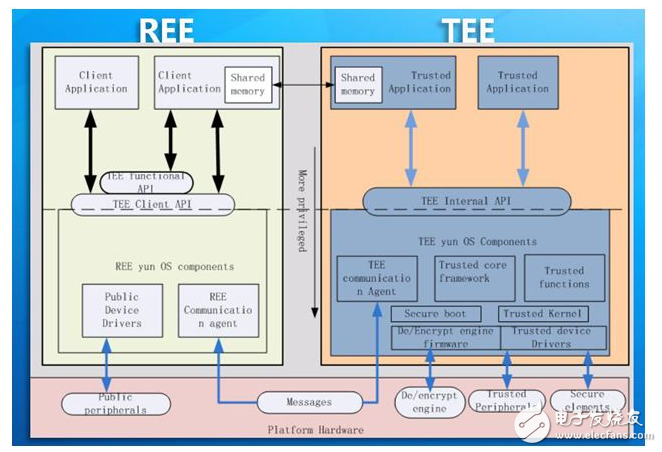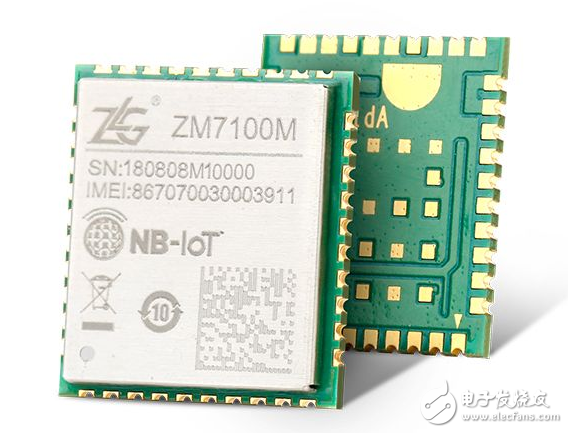With the development of society and the transformation of my country’s energy structure, water meters and gas meters have entered thousands of households. However, traditional mechanical water and gas meters rely on manual meter reading. It is inevitable that there will be low efficiency, high labor costs, and records. Data is prone to errors, difficult to maintain and manage, and inconvenient payment.

Therefore, GPRS remote meter reading came into being. It solves a series of problems of manual meter reading, which is more efficient, safer, and more convenient for users to pay. However, the GPRS meter also has some problems. The user capacity of the communication base station is relatively small, the power consumption is high, and the signal is poor. The general water and gas meters require battery power supply, so this puts high requirements on the power consumption of meters. Generally, the instantaneous maximum current of 2G communication can reach 2A, which increases the selection of battery performance and cost control. Very difficult.

NB-IoT is a good solution to the problems faced by the GPRS meter reading solution. NB-IoT meter reading inherits GPRS in function, and at the same time, it has a 50-100 times increase in uplink capacity compared to 2G/3G/4G. This means that under the same base station coverage, NB-IoT is comparable to the current There are wireless technologies that provide 50-100 times the number of accesses. This is undoubtedly a better choice for communities with densely installed meters.
The smart meter reading system based on NB-IoT is mainly composed of water and gas meters with NB-IoT modules, base stations, NB-IoT core network, NB-IoT management platform, client network management system, centralized reading management system, etc. The water and gas meter uploads the collected water and gas consumption information and its own status information to the NB-IoT core network and the Internet of Things cloud platform, and can also receive control information from the cloud platform. The client network management system obtains the residential water/gas information received from the NB-IoT management cloud platform, and monitors the real-time usage of each resident. The water and gas company can use the monitored data to adjust the user's water and gas prices in real time. Control and push the monthly usage and deductions to residents.

1. Power consumption
In terms of business, the water and gas meter report data is reported once a day at most, and some even once a month, so the NB-IoT working mode is very suitable for this business mode. At present, the more commonly used counting methods for water and gas meters include reed tube pulse counting and photoelectric direct reading counting. NB-IoT is more suitable for photoelectric direct reading counting. In the gas meter that adopts the photoelectric direct reading counting method, the power consumption of the ZM7100 series module can reach 2uA in PSM mode. The battery of 2400mAh can last up to 25 years in the area with good signal coverage, and the signal strength is weak. The maximum transmission power is retransmitted 4 times, and the battery can last up to 15 years. Generally, the service life of water and gas meters should reach about 10 years, so the ZM7100 series modules can fully meet the power consumption requirements of current water and gas meters.
2. Security
In addition, in the field of smart meter reading, the security of data is also a point that gas companies attach great importance to. Compared with wireless smart meters working in unlicensed frequency bands, Zhiyuan Electronics' NB-IoT module adopts the industry's first TEE security solution. , Data is safely isolated and encrypted in TEE, and data cannot be stolen from FLASH externally.

3. Cloud
ZLG Zhiyuan Electronics’ ZM7100 NB-IoT module supports telecom and mobile frequency bands, and supports CoAP to quickly connect with cloud platforms. Currently supported cloud platforms include OneNET, eCloud, Aliyun, ZWS IoT, etc., which greatly reduces the difficulty of connecting customers with cloud platforms . And the module supports FOTA remote differential upgrade, only need to upload the differential file of the upgrade package with a small amount of data to complete the upgrade.
As a leader in the Internet of Things industry, ZHIYUAN Electronics is an expert in building industrial wireless interconnection system-level solutions, working with strategic partners in the industrial Internet field, and jointly launching the ZM7100 NB-IoT standard communication module to jointly promote the development of China's Internet of Things industry.

Product features and resources:
Working voltage: 2.5~5 V
Current in PSM mode:
Transmitting power: 23 dBm±2dB
Sensitivity: -116dBm±1dB@180K (non-retransmission); -135 dBm±1dB@180K (retransmission)
Serial port: UART1, UART2
Support 1 ADC, 1 DAC
Support 1 IIC
Support 1 way battery plug detection
Support 6 GPIO
Support 3 comparators
ZHIYUAN Electronics can provide evaluation kits for ZM7100 series NB-IoT modules, which can be used to realize module networking, configuration, and debugging. Help users quickly get started and build an NB-IoT network.

Noise Cancelling Mic,Noise Cancelling With Mic,Noise Cancelling Microphone,Bluetooth Noise Cancelling Microphone
NINGBO SANCO ELECTRONICS CO., LTD. , https://www.sancobuzzer.com
